All addictions – substance related or not – share the same characteristics of craving and shame, and behaviours such as deception, manipulation and relapse. Addiction is complex. It’s a complex relationship between a human being and the myriad of interactions they’ve had with their environment since before they were born, through to the present. It’s important to note that addiction is never purely chemical – it ALWAYS involves multiple dimensions, including psychological, biological, neurological, medical, social, political, economic, spiritual and developmental factors. We’ll discuss these factors in more detail further on, to help understand how drug addiction develops, why, and how it can be successfully treated.
We’ll cover the following topics:
Defining drug addiction
Do I have a drug problem?
WHY does drug addiction develop?
- On a deeply personal level
HOW does drug addiction develop?
- Nature vs Nurture
Addiction begins in early childhood
Compassion for drug addiction in adulthood
Are all addictions equal?
- Depressants
- Stimulants
- Hallucinogens
Does drug addiction cause permanent brain damage?
Is recovery really possible?
- Do I need to go to drug rehab?
- Choosing a treatment centre for drug rehabilitation
- How much does drug rehab cost?
DEFINING DRUG ADDICTION

In a practical sense, the essential features of any addiction are:
- Compulsion
- Preoccupation
- Impaired control
- Persistence
- Craving
- Relapse
Addiction is officially defined as “any repeated behaviour (substance-related or not) in which a person feels compelled to persist, regardless of the negative impacts on their life and those close to them”. The hallmarks of drug addiction include:
- Compulsive use and preoccupation with the substance
- Impaired control over the substance
- Persistent use and relapse, despite evidence of harm to self
- Dissatisfaction, irritability or intense craving when the substance is not immediately available
- Dependance on a substance to make yourself feel momentarily calmer, more excited, more engaged with life, or less dissatisfied with life

DO I HAVE A DRUG PROBLEM?
How does drug misuse affect the brain?
Ask yourself the following questions and answer honestly, based on your current level of drug use:
- Do you use drugs more often than you want to?
- Are you using drugs more regularly and find it hard to control the amount or frequency?
- Are you starting to miss work, family gatherings, social events, or disengage from people or activities you used to enjoy?
- Are you having trouble sleeping, eating normally or achieving your normal daily tasks?
- Have you noticed a change in your moods, anxiety, happiness or energy levels?
- Are you experiencing blackouts of time and/or memory of events?
- Are you having trouble concentrating or making decisions?
- Are your friends or family asking you to take it easier on the drugs?
- Has your drug use gotten you into legal trouble?
- Do you find yourself thinking about drugs more and more (and losing interest in other things)?
- Are you struggling to hold it together and cope with life the way you used to?
- Do you feel you’re building up a tolerance to drugs and need more and more to get the same relief or high?
- Has your drug use led to arguments and broken relationship(s) with family or friends?
If you answered “Yes” to two or more of the above questions, drugs are causing serious problems in your life and relationships – now is the time to get help. No drug addiction ends well. Rest assured though; you’re not alone, addiction CAN be overcome, and there is plenty of help available once you decide you’ve had enough. Let’s find out a bit more about addiction so you have a good basis of knowledge to start your recovery from.
WHY DOES DRUG ADDICTION DEVELOP?
On a deeply personal level
A sense of deficient emptiness and dissatisfaction pervades our society as a whole. An addicted person is more deeply, painfully conscious of this void than most people and persistently tries to escape it. Non-addicted people find other ways to distract themselves and suppress their fears and emptiness.

We are all essentially trying to avoid “alone time” with our own insecurities, unease and traumatic experiences. Which is why people who haven’t suffered emotional pain or trauma will rarely develop a dependency on drugs. Often, an addicted person is so keen to escape the harsh realities of life and make it more bearable, it seems a reasonable trade-off to jeopardise their health, relationships and social supports to achieve some temporary relief from drugs.
A person is more susceptible to addiction when they have a seemingly insatiable need to fill this void with external sources of comfort, whether that be physical (drugs, alcohol, cigarettes etc.) or emotional (sex, work, gambling etc.). This is why addiction develops – constantly seeking something outside ourselves to repress the insatiable yearning for relief or fulfillment. The emptiness is never filled because the drugs or alcohol aren’t what our soul really needs.
As Dr Gabor Mate describes it in his groundbreaking book In The Realm of Hungry Ghosts “We don’t know what we need, and so long as we stay in the hungry ghost mode, we’ll never know. We haunt our own lives without being fully present”.
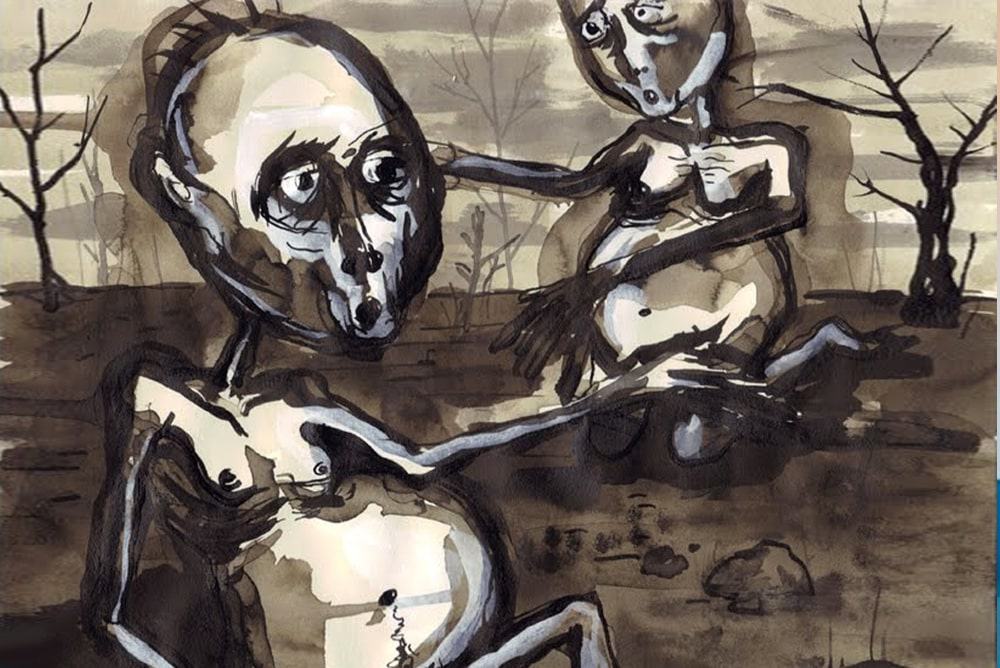
HOW DOES DRUG ADDICTION DEVELOP?
Nature vs Nurture
Many people believe addiction in all its forms is predominantly driven by our DNA, inherited from our parents, grandparents etc. It’s easy to assume this when you look at families where addiction, abuse, serious illness or personality traits are seemingly passed down from generation to generation.

However, it’s important to know that we have a limited number of gene sequences in our DNA. 20,000-25,000 to be precise. This was determined by The Human Genome Project – an ambitious project undertaken by the National Human Genome Research Institute, commencing in 1991 and concluding in 2003. This limited number of gene sequences is important when it comes to the Nature vs. Nurture argument and importantly – how that limited number of sequences affects your potential for recovery.
As we’ve just learned, on the nature side of the argument, our DNA has a limited number of sequences or combinations and they are determined at conception. Let’s look further into the nurture side of the argument.
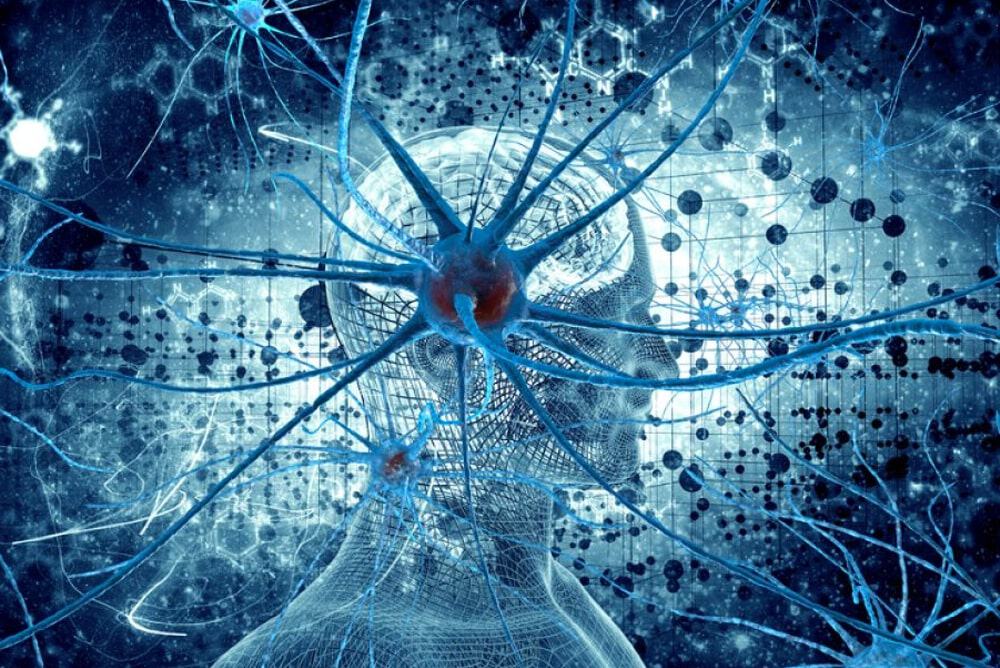
The human brain is an unbelievably complex wonder of nature. It has infinite possibilities for synaptic connections and endless variables. Synaptic connections are the chemical communications that occur between neurons in the brain when it receives input. The brain is constantly receiving messages and input that it transmits to various systems to trigger appropriate responses and decisions.
Being the incredibly complex processing machine that it is, the brain catalogues and stores every experience, memory, sound, smell, feeling etc. we have for future reference, to make its job easier. What is the brain’s job? Ultimately, to keep us safe from danger and to repeat experiences that bring us pleasure. Do you see where this could go a little haywire?……
Can you also see how every experience you have – nurture – plays a hugely significant role in your body’s responses and the brain’s decision-making over the course of your life? Every single thing you’ve experienced in your life has been imprinted, catalogued and stored for future reference and decision making. Synaptic connections are made endlessly, with every experience you’ve had, and continue to have.

Synapses group together and form strong networks when repeated experiences or activities occur. Our brain is constantly making connections, sending signals, re-wiring through neuroplasticity and adapting to the inputs and stimulus in our environment – from birth to death.
As we discussed earlier, our DNA is determined at conception and limited to maximum 25,000 sequences. Yet the synaptic connections in the brain occur infinitely until the day we die.
Therefore, the argument of Nature (genes) vs. Nurture (environmental stimulus) is resolved – our experiences and environment are a much greater determinant of addiction and recovery than our genes.
As Bruce Lipton, a biologist and pioneer in the field of epigenetics explained “The cells operations are primarily moulded by their interactions with the environment, not by their genetic code.”
ADDICTION BEGINS IN EARLY CHILDHOOD
The need to fill our ever-present void with external sources as adults manifests because a person’s self-regulation system was not fully developed in childhood. As a child, we’re completely reliant on our parent(s) to regulate our physical, psychological and emotional states. Only if those needs are adequately met by our parent(s), can we ourselves develop the ability to self-soothe and regulate our own emotional state as adults. If those needs were not met in early childhood and we were unable to develop the abilities to self-regulate, we will always look to external sources for that comfort as adults.
In early childhood we didn’t have control over the environmental nurture factors that shaped our brain’s development. As such, our brain didn’t learn to attach, self-sooth, set goals, make decisions or seek fulfilment and reward from healthy internal resources. The brain learned that it’s far easier to seek reward, soothing, numbing, relief etc. from external sources such as drugs, alcohol, cigarettes, sex, stealing, adrenaline rushes, gambling and so on.
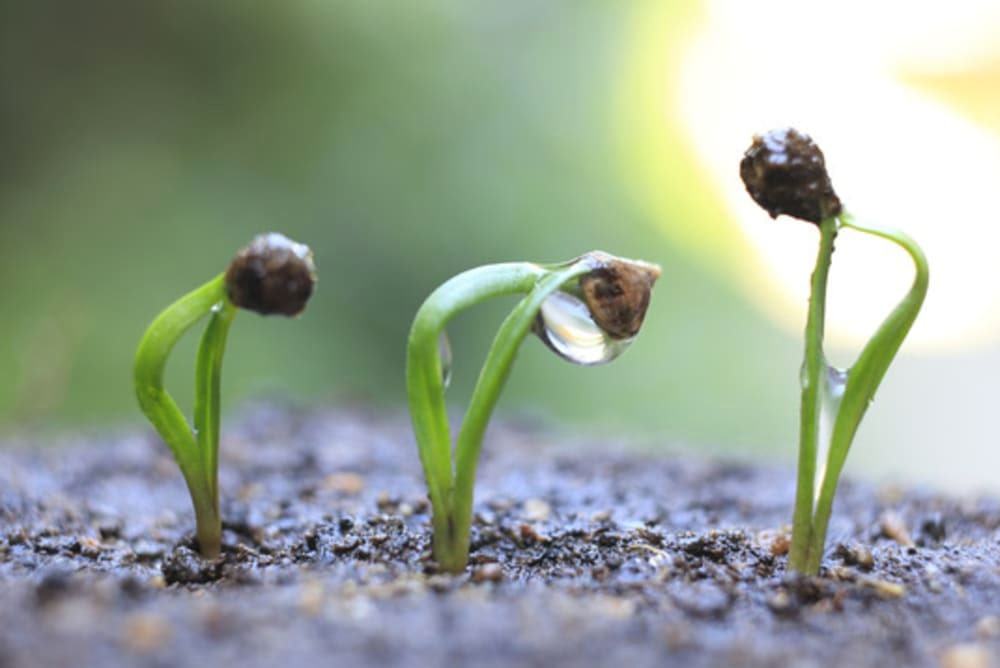
To simplify addiction greatly, it could be described as an adult yearning to re-create an idyllic childhood, or an alternate childhood, by escapism through substances that bring relief and calm, relaxed or engaged emotional states that facilitate innocence.
As any gardener will tell you, if a seed hasn’t germinated in the soil, or a plant hasn’t grown, it’s because the conditions were unfavourable, missing something, lacking. In a human being, the lack of a healthy sense of self, lack of self-regulation, impaired impulse control and an ever-present sense of emptiness – signs of an addictive personality – can all be attributed to conditions not being optimal for healthy development in childhood.
For whatever reasons, healthy development of these qualities in childhood was hindered. Healing these undeveloped traits in adulthood is the key to overcoming addiction.

COMPASSION FOR DRUG ADDICTION IN ADULTHOOD
Using drugs as a means of escapism to create a “safe” place for oneself is completely understandable when we contemplate the traumas, hardships, inequalities, disillusion, fears and endless uncertainties that life presents in this modern world. Using drugs can artificially make the real world recede and bring sweet relief, even just for a brief period of time.
As such, addiction is not just a selfish indulgence or quest for pleasure, it’s an attempt to escape emotional distress caused by plights such as isolation, lack of supportive relationships, societal inequalities, loneliness or any number of other painful realities.
Addiction is an attempt to self-medicate states of depression, extreme anxiety, post-traumatic stress or even ADHD. Therefore it’s impossible to begin healing addiction without first getting to the bottom of what relief the person is receiving from the highs and what pain(s) they are soothing.
ARE ALL ADDICTIONS EQUAL?
In short, all addictions are equal in the way they develop and function in the brain. However, some addictions involve more powerful substances, so the trajectory is faster/steeper/more or less dramatic. The social impacts, health consequences, financial devastation, relationship damage, self-esteem and societal judgment for instance are markedly different depending on the particular addictive substance or behaviour e.g. gambling or gaming vs heroin addiction, cigarettes or shopping vs methamphetamine addiction.
TYPES OF DRUGS
In the world of drugs, there are three main types – Depressants, Stimulants and Hallucinogens. Each type causes different responses in the brain and reactions in the body. Here’s a quick rundown on each:
Depressants
e.g. alcohol, heroin, cannabis, benzodiazepines (Xanax, Valium), inhalants, GHB

Depressants slow your body functions down. Your breathing and heart rate slow down and your ability to react and think quickly is reduced. Depressants give a sense of short-term pleasure but lead to an imbalance in the brain’s natural “happy” chemicals, leaving you feeling low and depressed afterwards.
Long-term use of depressants causes instability in the brain’s serotonin levels and can lead to clinical depression, panic attacks, chronic anxiety or paranoia. These mental health conditions make the initial addiction even harder to cope with as “real life” becomes a dark and difficult place to be.
Stimulants
e.g. methamphetamines (speed, ice, crystal meth), cocaine, MDMA, Ritalin, Adderol

Stimulants speed your body functions up and reduce your need to eat and sleep. Your heart rate, body temperature and blood pressure all increase. Stimulants instigate sensations of increased confidence, motivation and energy. After the initial intense buzz, stimulants can leave you feeling agitated, anxious, paranoid, aggressive or violent. There are also a range of physical side effects, such as intense stomach cramps, headaches or dizziness.
Hallucinogens
e.g. LSD, psilocybin, Peyote, DMT

Hallucinogens alter your perception of time, your emotional state, and can cause auditory and/or visual hallucinations (hearing or seeing things that aren’t there). Whilst many people find these experiences fascinating or mind-expanding, they can cause intense panic and/or permanent psychological changes with no warning. These negative experiences can also be re-lived as ‘flashbacks’ for long periods after use of the substance.
DOES DRUG ADDICTION CAUSE PERMANENT BRAIN DAMAGE?
How each person reacts to natural and synthetic substances depends on their size, physiology, brain development, the type and amount of the substance being taken, how often they’re using and in what combination. Over time, the brain will require more and more of the substance to achieve the initial affect it used to receive. With prolonged use, the body will expend more energy on expelling the toxin and maintaining homeostasis – to the detriment of healthy regeneration, rest and immune system functioning.
The earlier you can recognise your addiction and seek help to recover – the less long-term damage you will sustain. With commitment and the right help, you can transform your future and completely turn around the drug’s effects on your life, relationships, finances, body and mental health.
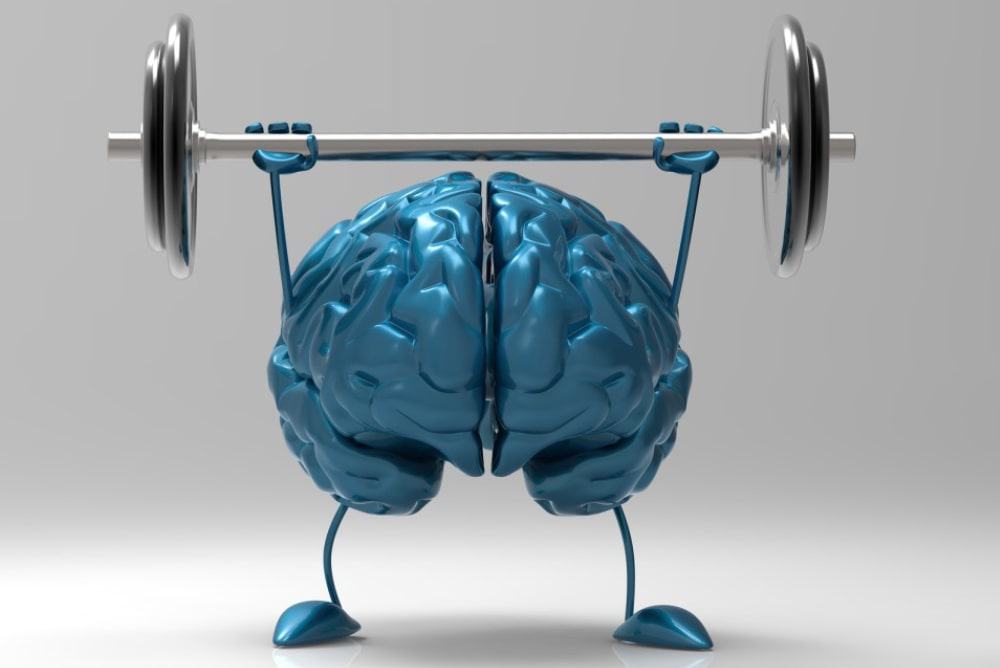
IS RECOVERY REALLY POSSIBLE?
“The possibility of renewal exists so long as life exists. How to support that possibility in others and in ourselves is the ultimate question”
Dr Gabor Mate (world-leading addiction treatment specialist)
As we saw earlier in this article, genes can play a small biological part in predisposing us to addiction. But there are a host of critical, multidimensional, environmental factors (nurture) that shape us in early childhood and beyond, making addiction more likely to develop in adulthood. Because these environmental factors weren’t ideal in childhood (like a plant trying to grow in poor soil), the brain didn’t develop healthy coping systems to deal with environmental factors in adulthood. It’s then logical to assume that, if healthy coping systems can be learned and environmental factors can be chosen and changed – recovery is absolutely possible!
Do I need to go to Drug Rehab?
Recovery from drug addiction is 100% possible but the process, method, timing and success is unique to each individual. Some people choose to go it alone, relying on the strength of their willpower and the support of those around them. Others choose to go to Narcotics Anonymous and see if that feels like the right fit.
For many it is not. Others want an intensive program of personal psychotherapeutic intervention and treatment to give them the skills and support to carve out a completely new path in life. Enter drug rehabilitation…..
Let’s assume you understand all of the information in the article above, you see how the addiction developed AND you can see how the process could be successfully UNdone thanks to neuroplasticity. But you’ve tried to stop in the past and failed. Once, maybe many times. In the real world there are so many stumbling blocks in your way:
- Drug-related social network
- Financial or job stress
- Uncertain living arrangements
- Family pressure
- Temptations, expected or unplanned
- Health problems
- Familiar surroundings = ingrained habits etc.
The possibility of “going to rehab” can be daunting because of people’s pre-existing perceptions, worries about cost, concerns about work or family finding out etc. If you’ve really given quitting a genuine shot in the past, yet find yourself at the stage where your drug habit has led to serious dependency and robbed you of most other joys in life, leaving you with broken relationships, drained finances, deceit, health issues or fragile mental health – rehab may be ideal to give you an intense kickstart your recovery journey.

Choosing a Treatment Centre for Drug Rehabilitation
When it comes to choosing a Drug Rehab in Sydney, Australia, we have Government-funded facilities and private facilities. With a referral from your GP you have the option to enter both, dependent on your financial situation. Public facilities are generally akin to a hospital-type setting whilst private facilities tend more towards the retreat/health resort-style.
Private drug rehab falls into two categories – clinical or holistic. Clinical facilities prescribe and administer prescription medications to assist with detox and the mental health conditions associated with addiction. Holistic facilities prefer to treat addiction with a multi-faceted approach that treats the individual from many aspects, addressing every area of their wellbeing from psychological health to nutrition, social support, physical biology and family/support networks.
Drug dependency is never purely a physical addiction. If it was, every person who’d ever tried drugs would be an addict! Some of us are susceptible to addiction, whilst others can happily dabble in it their entire lifetime without developing an addiction. What does that tell us? There are many facets to addiction that create the perfect storm for dependency to develop.
This is why holistic treatment for drug dependency is highly successful – it addresses all of the following aspects that contribute to addiction:
- Biological
- Chemical
- Neurological
- Psychological
- Medical
- Emotional
- Social
- Economic
- Political, and
- Spiritual
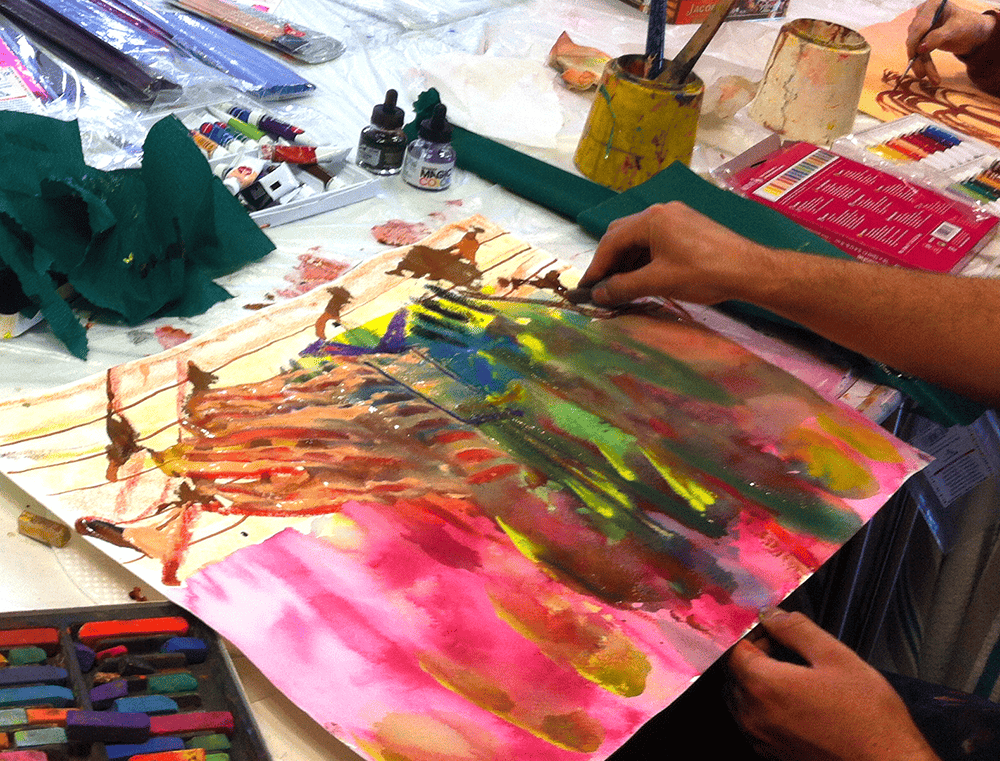
There are many rehab facilities available around Australia, each offering different program styles, treatment modalities and specialisations. A Google search will bring up results for you to begin researching what type of program and what type of facility feels like the right fit for you.
Only you know your personality type, your past history of attempts to recover, your current situation and specific needs. Have an in-depth think about what you think will work best for you, then start narrowing down your search by making the following choices. Would I prefer:
- Residential or outpatient?
- Public or private?
- Clinical or holistic?
- Local or interstate?
How much does Alcohol Rehabilitation cost?
Government-funded facilities are generally no-cost whilst private facilities range from $2600 to $20,000 per week. Some private facilities can be partially funded by Veteran’s Affairs, your superannuation fund, private health fund, NDIS, employer or your company structure if you’re self-employed.
For more information on Palladium Private’s holistic BioPsychoSocial program or fees, please call and speak to one of our Intake Team consultants on the number above, or fill out this Contact Form online and they will phone you back to answer any questions you may have.


